Yoshinobu’s Belief was the Bloodless Termination of the Tokugawa Shogunate
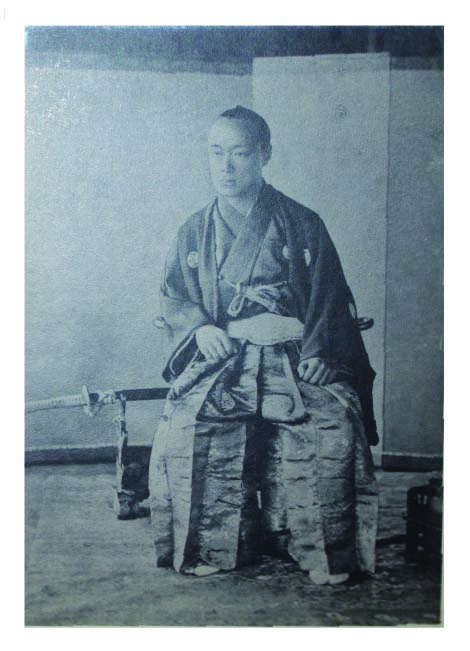
@Ibaraki Prefectural Archives and Museum Collection
He returned the political power of the Tokugawa shogunate to the emperor with his hand, brought down its shogunate curtain, realized the bloodless surrender of Edo Castle, and stemmed the great power’s colonization. In honor of his contribution to realizing modernization bloodlessly without social disruption involving the people, a rare occurrence in the world. He was granted the title of Kazoku (nobleman) and the highest rank of the duke, receiving a decoration from the 122nd Emperor Meiji (1852-1912, 明治天皇), even though he became the enemy of the Emperor once.
Under siege, Yoshinobu’s behavior stood on;
- for the people,
- for the nation to prevent colonization,
- for the emperor as the raison d'être of the nation,
- and for the Tokugawa clan as the head of the Tokugawa family.
even though whatever would happen to me.
It was truly a long-term vision for the next 50 or 100 years.
Yoshinobu Appeared on the Political Stage
Tokugawa Yoshinobu (1837-1913, 徳川慶喜) was born of both Tokugawa and noble blood as the 7th son of Tokugawa Nariaki (1800-1960, 徳川斉昭), the head of the Mito Tokugawa domain that highly respected the Emperor. His extraordinary talent was widely known nationwide. In 1862, Yoshinobu became the guardian of the 14th shogun Iemochi (1846-1866, 徳川家茂), who was at the age of 13. Through this, Yoshinobu stepped into the political spotlight. The time was the end of the Edo period (1603-1868). The opening of Japan to the Western powers triggered an intensified movement to exclude foreigners, and the clock began ticking to close the curtain on the Tokugawa shogunate. One of those who held the casting board was Tokugawa Yoshinobu.
Perry's Fleet Triggered Chaos Nationwide
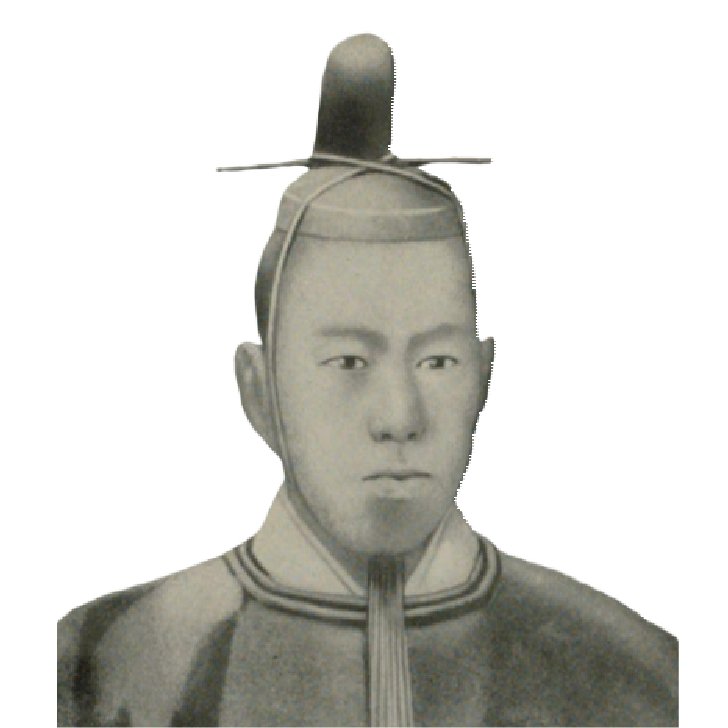
@ The NDL Digital Collections
In 1854, seven U.S. fleet ships passed Uraga and entered the waters off Shinagawa, just a stone's throw from Edo Castle. The U.S. pressed for the opening of Japan. Consequently, the shogunate opened the country by concluding a treaty of amity to supply firewood and water to the U.S. and some other Western countries, which had been inundated by Japan since the Opium War. At this time, the 121st Emperor Komei (1831-1867, 孝明天皇) expressed his admiration for the wisdom of the shogunate. However, he was adamantly opposed to the treaty of commerce concluded in 1858. This led to dividing national opinions into the Joi, expulsion of foreigners, and opening the country to the world. It marked a turning point in the history of Japan.
Yoshinobu Supported the 14th Shogun during the Storm of the Expulsion of the Western Powers
Against such a situation, Yoshinobu entered Kyoto in 1863 ahead of the shogun's first trip to Kyoto in 229 years. While Yoshinobu gained Emperor Komei’s trust, he promised Joi by putting his opinion of opening the country to the side once. Upon his return to Edo, he faced a storm of criticism from the shogun's cabinet officials, who believed in the impossibility of the Joi. The debate got confused between them. Isolated from the Tokugawa regime, Yoshinobu submitted his resignation, but Emperor Komei's rejection and shogun Iemochi's opposition brought him back to power again. He closed the port of Yokohama (which was later deadlocked), respecting the opinion of the Imperial Court. Meanwhile, the Choshu and Satsuma domains conducted the Joi by bombarding the Western fleets (Shimonoseki War and Satsuma War). These wars accelerated the chaos in the country. As weakening the shogunate while increasing the power of Satsuma and Choshu domains and some Imperial Court nobles, Yoshinobu's vigorous efforts took an even more dizzying turn.
In 1863, a political incident occurred in Kyoto. The Choshu domain and some court nobles were driven out of Kyoto by an Imperial Order. Emperor Komei’s lamenting voice triggered it, "Several Imperial decrees that I did not issue have been issued without my permission." The Choshu domain and several court nobles had forced the shogunate to conduct the Joi by utilizing the emperor's authority. Emperor Komei rather hoped that the Imperial Court and the shogunate would work together to overcome the national crisis. Thus, the radical exclusionists were swept away from Kyoto.
Yoshinobu Bravely Fought Amidst a Barrage of Gunfire
However, in 1864, seeking to regain its inferiority, a radical Samurai of the Choshu launched an attack on the Kyoto Imperial Palace. As a director of guarding the Imperial Palace, Yoshinobu led the army and fought bravely amid a hail of bullets to protect the Imperial Palace. (Among the successive shoguns after the 1st and 2nd shoguns, Yoshinobu was the only one who fought in actual battles.) On this occasion, the cabinet officials of the shogunate issued “The Choshu Conquest” twice. But it ended without success because the Satsuma, a member of the shogunate's army, had concluded a secret agreement with the Choshu to support Choshu by providing weapons. Meanwhile, Shogun Iemochi died at the front line of Osaka Castle suddenly. Here, "The Choshu Conquest" was over. Without victory against only one Choshu domain, the authority of the Tokugawa shogunate plummeted. This was a turning point in history, leading to the collapse of the ruling system of the Tokugawa shogunate. On the other hand, Yoshinobu was not involved in these conquests because he was forced to scramble to contain the whirlwind of the Joi starting from his home Mito domain.
Yoshinobu Became the 15th Shogun and Handled the National Crisis
Under the excellent insight and growing expectations for Yoshinobu, a man of great political experience, as the next shogun, he continuously refused it. However, he finally accepted Emperor Komei’s strong order and became the 15th Tokugawa shogun in December 1866. It seemed to be the demand of time. Twenty days later, a tremendous shock occurred. Emperor Komei, a supporter of Yoshinobu, suddenly passed away. His demise was a blow to Yoshinobu. But the weight of the Joi on Yoshinobu was lifted, and he pushed forward with his "opening the country" policy by meeting with the ambassadors of four countries one after another: the United Kingdom, the Netherlands, France, and the United States. As shogun, Yoshinobu opened the port of Hyogo (Kobe). In advance, Yoshinobu had negotiated with the Imperial Court for 30 hours with his tenacity and endurance and obtained their agreement to open the port. This was Yoshinobu's intestinal fortitude in controlling the cabinet officials of the shogunate and winning the Imperial Court over to his side. This showed Yoshinobu’s high political capability. In the meantime, intense palace maneuvering developed between Yoshinobu and the anti-shogunate group to gain control of the young Emperor Meiji, who came to the throne in his mid-teens. Unfortunately, then, Yoshinobu lost. The level of difficulty surrounding Yoshinobu was reaching its peak: the Imperial Court, the anti-Tokugawa domains of Satsuma and Choshu, the feud between Yoshinobu and the cabinet, the strong exclusionists of his home Mito domain, and above all, the risk of being colonized by the Western powers.
Yoshinobu Returned Tokugawa’s Political Power to the Emperor
However, Yoshinobu was a man with an indomitable will. He returned his shogunship, or the political power of the shogunate administration to the emperor on the fly to break the current impasse. It was his greatness. Even after returning its power to the Emperor, the Tokugawa clan had huge assets and human resources. On the other hand, the Imperial Court had very few capabilities of administration without human resources and money. Therefore, he predicted that the Imperial Court must have needed Tokugawa's involvement in politics. Yoshinobu said in his petition to the Imperial Court, “We will make Japan that can go toe-to-toe with Western powerful countries by open discussions widely among all stakeholders, asking for an 'Imperial decision', and working with one heart and mind to protect the nation. This is the only contribution I, Yoshinobu, can make to our nation. Therefore, I return the political power to the Emperor”. (Idiomatic translation) In November 1867, at Nijo-jo Castle in Kyoto, Yoshinobu informed this plan to the lord of the Aizu domain and others, and the following day, it was informed to many senior retainers of feudal lords as well. At the Court Council the next day, Tokugawa's political power was officially returned to the Emperor. This is called "Taisei Hokan".
Yoshinobu Continued to Be Ender House Arrest during the Boshin War
However, Yoshinobu's plan did not come to fruition. The anti-shogunate forces of the Satsuma and Choshu domains decided to dismantle the shogunate itself and overthrow the Tokugawa shogunate by force, as a consequence. Yoshinobu noticed this coup 3 days before its execution, but he took no countermeasures. He was said to avoid domestic warfare, which would highly trigger the powerful country’s invasions and colonization. But these 3 days allowed the anti-shogunate to get the young Emperor Meiji by force of arms. In January 1868, the Battle of Toba-Fushimi broke out in southern Kyoto, despite Yoshinobu's order of "Do not respond to a provocation of Satsuma". He also desperately tried to stop the military means advocated strongly by retainers of the shogunate, especially the Aizu and Kuwana domains, against the Satsuma domains because they believed that the Satsuma domain was the chief villain to bear the young Emperor Meiji in its arms and deposed the Emperor Komei's right-hand nobles selfishly. Once the Imperial standard was raised by the Imperial Army (according to one theory, it would be a fake), Yoshinobu left his retainers behind, bringing the head of the Aizu domain, and returned to Edo Castle from Osaka Castle by ship at night. He was said to avoid becoming the enemy of the emperor. The Tokugawa shogunate had no power to push back the forces of the Satsuma and Choshu, renamed the Imperial Army, and it went up to Edo without any battles, passing through the Owari domain territory in Nagoya, the head of the Go-Sanke. After the bloodless surrender of the Edo Castle, the Imperial Army did not stop; instead headed for the northern area, attacking and defeating Tsurugajo Castle of the Aizu domain. After the Hakodate War in Hokkaido, a series of battles called the Boshin War ended in May 1869. In the meantime, Yoshinobu remained under house arrest in his hometown of Mito. This was the moment when a rare nobleman and pro-imperialist (supremacist of the emperor), Yoshinobu, ironically became an enemy of the emperor.
Yoshinobu's Honor was Restored
After his house arrest was lifted, Yoshinobu lived quietly in Shizuoka prefecture, where the first shogun, Ieyasu, lived in his later years. He was granted an audience with Emperor Meiji for the first time in around 30 years and died in 1913 at 76. Later, in 1930, Yoshinobu's granddaughter Kikuko married Prince Nobuhito, the younger brother of Emperor Showa. Here, the Emperor and the Tokugawa became one family.
Despite his wisdom and boldness, no, that's precisely why those around him did not well understand his true intentions, and his reputation was divided. The demands of the times brought him to the forefront. The political environment surrounding Yoshinobu was in a state of rapid change and upheaval, with the threat of colonization by Western powers, the weakening of the Tokugawa shogunate, the radical actions of low-layer Samurai (such as killing someone in the streets and break-ins), and the involvement of the Imperial Court and the Emperor in politics. Amid these changes, Yoshinobu's actions opened the door to modernization with very little bloodshed. He must have had a grand design to unite the nation and gain strength comparable to that of the Western nations. This is his historic accomplishment as the Last shogun. After leaving the political stage, he spent 28 years in Shizuoka and 16 years in Tokyo, devoting his life to various hobbies, including photography. He also wrote "Life is a journey with a burden, never rush," which expressed the long life of the first shogun, Ieyasu, with many hardships.

@Ibaraki Prefectural Archives and Museum Collection
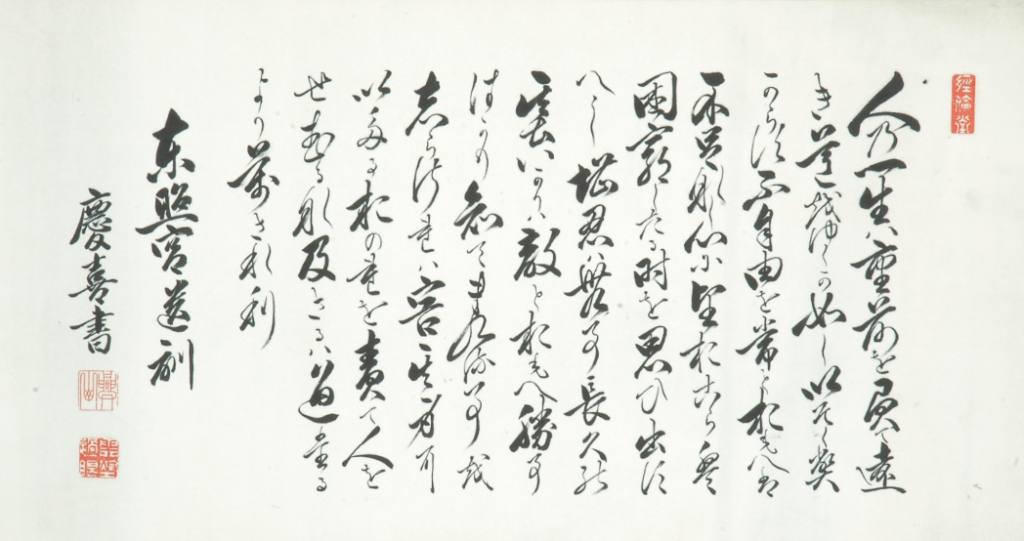
@Ibaraki Prefectural Archives and Museum Collection
- Interviewed Yoshiba Toshiyuki (Manager, Curatorial Group of Ibaraki Prefectural Archives and Museum)
Tokugawa Yoshinobu Map
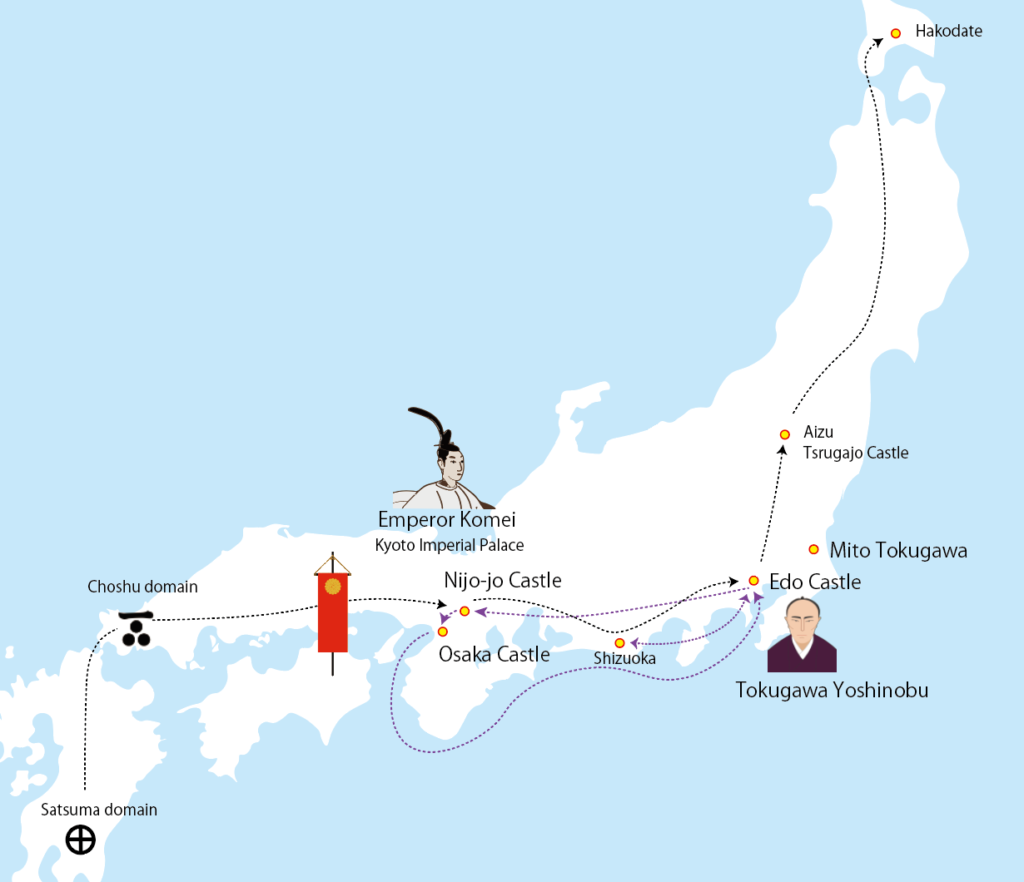
Notable sites related to Tokugawa Yoshinobu
Nijo-jo Castle
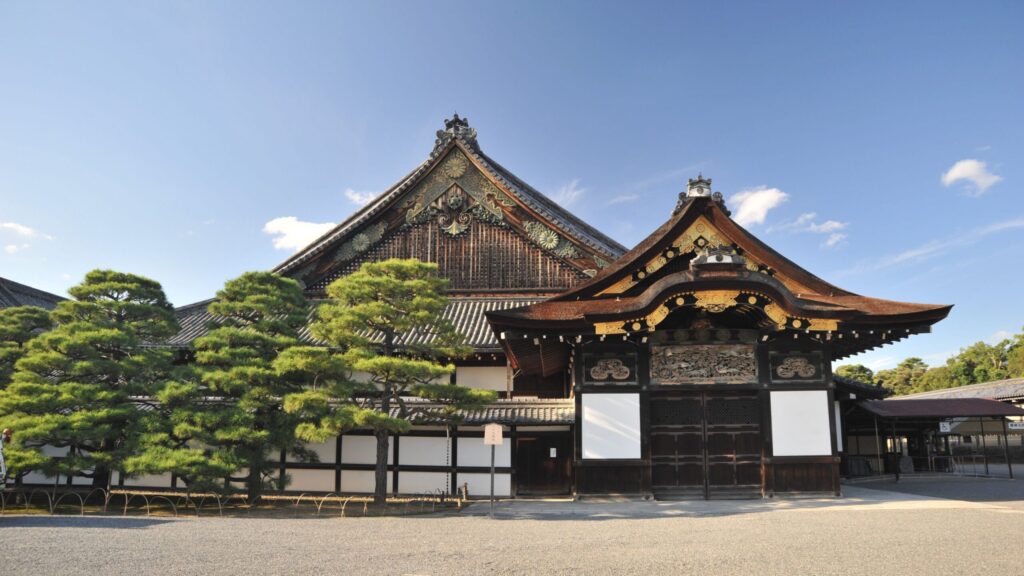
Yoshinobu returned Tokugawa's political power to the Emperor and closed the curtain of the shogunate. What was his will?
Osaka Castle
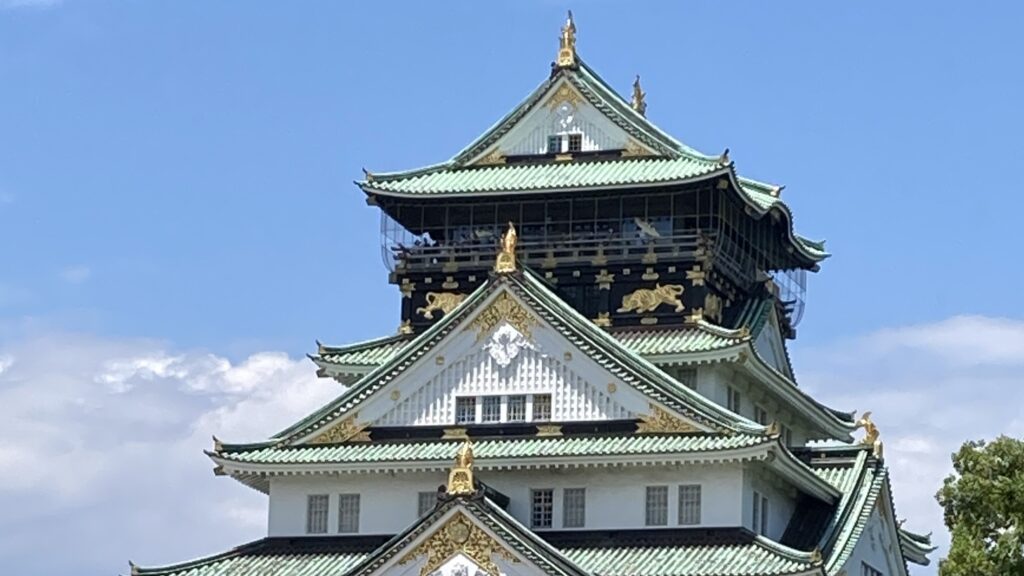
Osaka Castle was at the forefront of the battle against anti-Tokugawa forces. Why did the Last shogun, Tokugawa Yoshinobu, leave Osaka Castle? He had a long-term vision for the people, nation, emperor, and Tokugawa.
Kairakuen Garden
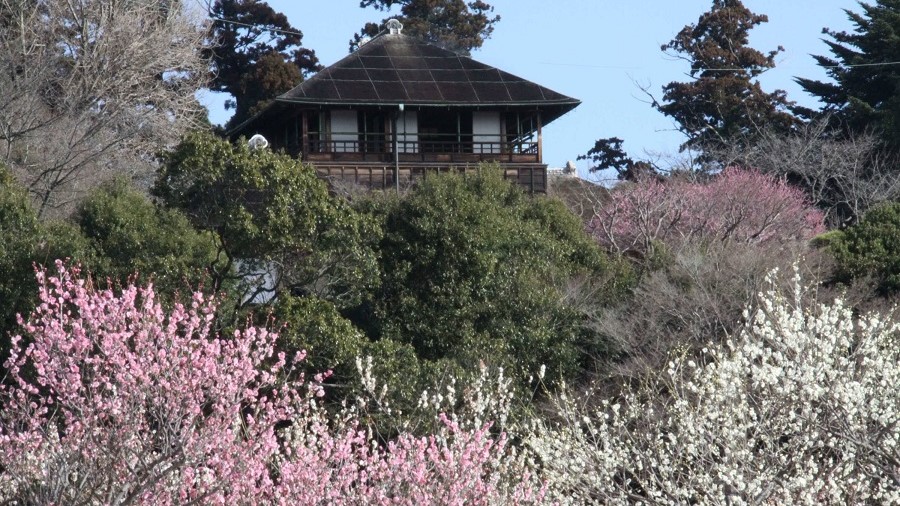
Kairakuen is a beautiful garden with 3,000 plum trees built by Lord Tokugawa Nariaki in the Mito Domain, making his retainers and people enjoy here.
Tsurugajo Castle
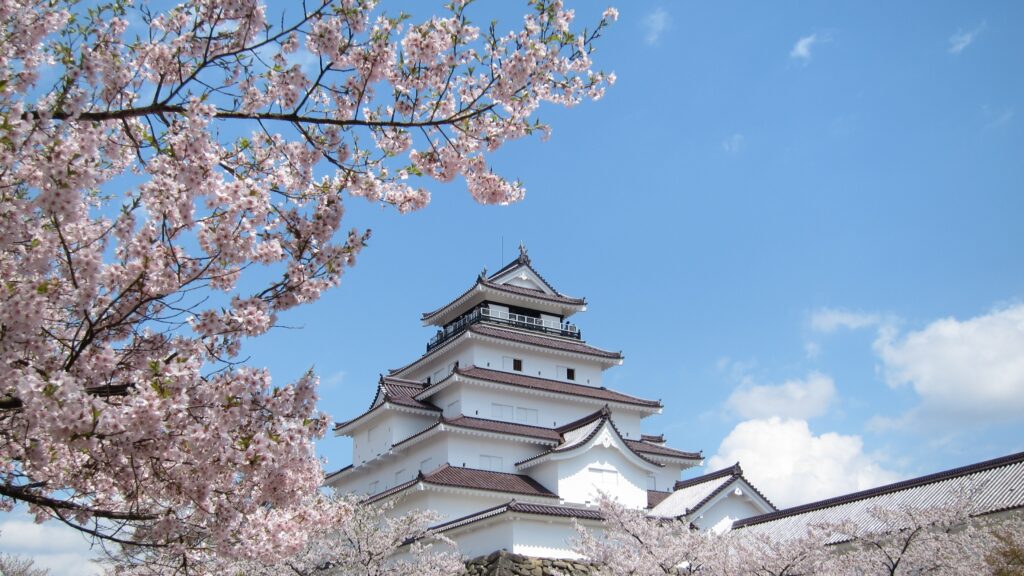
Yoshinobu's loyal retainer, Lord of the Aizu domain, Matsudaira Katamori, fought the Imperial Army to the bitter end. Why?
Nagoya Castle
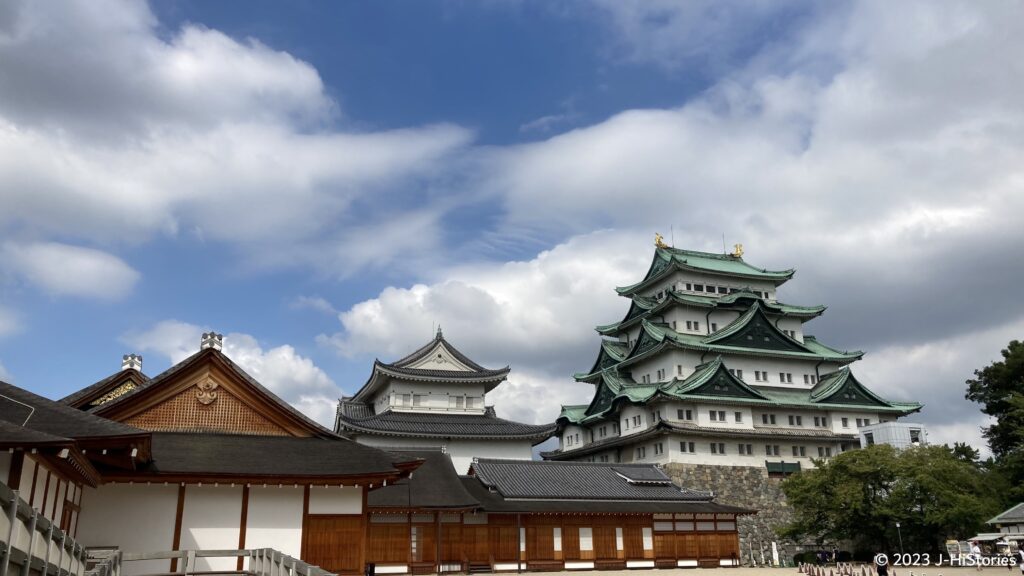
Lord of Owari Tokugawa in Nagoya, Yoshikatsu, let the Imperial Army enter Edo. shogun Yoshinobu faced a difficult situation. Why?
Kyoto Imperial Palace
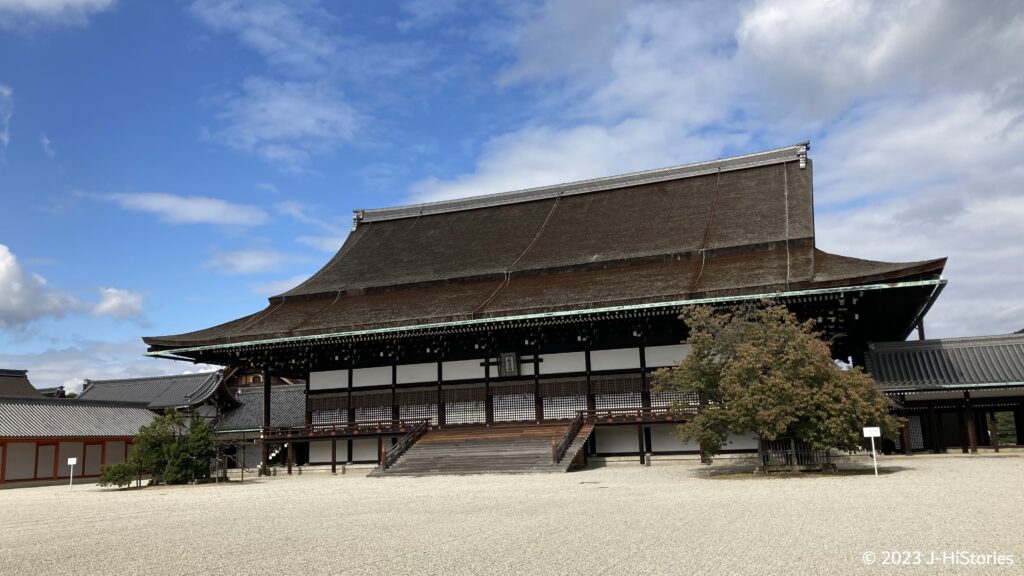
Successive emperors resided at the Kyoto Imperial Palace for over 1100 years, beginning with Emperor Kanmu in 794. The last emperor to reside there was Emperor Komei.
| 1603 | Ieyasu estabished Tokugawa shogunate at Edo | - | Edo Period |
| 1603 | Ieyasu built Nijo-jo Caslte | - | |
| : | The time of peace | - | |
| 1837 | Tokugawa Yoshinobu was born in the Mito domain | Yoshinobu Age=0 | |
| 1853 | Commodore Perry of the US entered port at Uraga at the entrance to Edo Bay | 17 | |
| 1854/03 | The Treaty of Peace and Amity between the US and Japan was concluded | 18 | |
| 06/19 | The Treaty of Amity and Commerce between the United States and Japan was concluded without an imperial sanction in 1858 | 22 | |
| 1858/09- | Ansei Purge started to crackdown on over 100 people including Yohinobu's father | 22 | |
| 1860/03/03 | Ii Naosuke was assassinated in front of Sakuradamon gate | 24 | |
| 1863-64 | The Shimonoseki campaign between the Chōshū domain and joint naval forces from the UK, US, France and Netherlands to control the Shimonoseki straight | 27-28 | |
| 1864/03 | Yoshinobu was appointed to the post to protect Kyoto Imperial Palace | 28 | |
| 1864/07 | Kinmon incident | 28 | |
| 1866/01 | The political and military alliance concluded between Satsuma and Chōshū domains | 30 | |
| /12 | Tokugawa Yoshinobu was appointed the 15th Shogun | 30 | |
| 1867/10 | Yoshinobu transferred the power back to the Emperor | 31 | |
| 1867/12 | The Decree for the Restoration of Imperial Rule | 31 | |
| 1868/01 | The Boshin War started at Toba-Fushimi | 32 | |
| 1868/01 | Yoshinobu escaped from Osaka castle to Edo castle | 32 | |
| 1868/02 | Yoshinobu was confined at Ueno Kaneiji Temple | 32 | |
| 1868/04 | Edo castle surrendered without bloodshed | 32 | |
| 1868/10/23 | The Meiji Restoration | 32 | Meiji Era |
| 1869/05 | Boshin War ended at Hakodate | 33 | |
| 1894-1895 | Japanese-Sino War | 58-59 | |
| 1898 | Yoshinobu met Emepror Meiji | 62 | |
| 1904-1905 | Japanese-Russo War | 68-69 | |
| 1913 | Yoshinobu passed away | 77 | Taisho Era |
